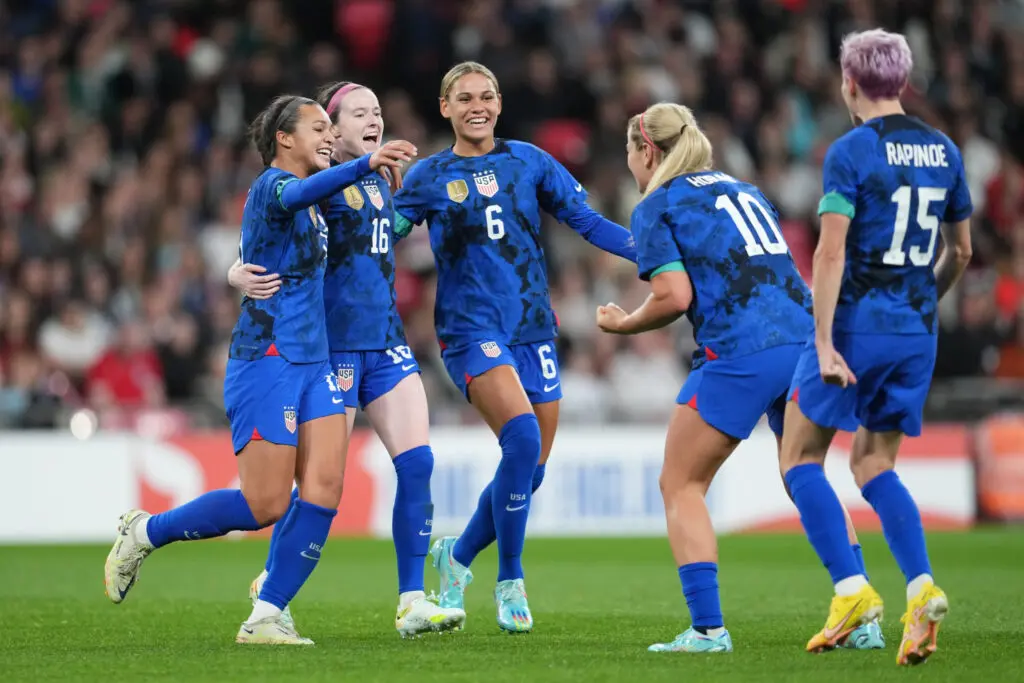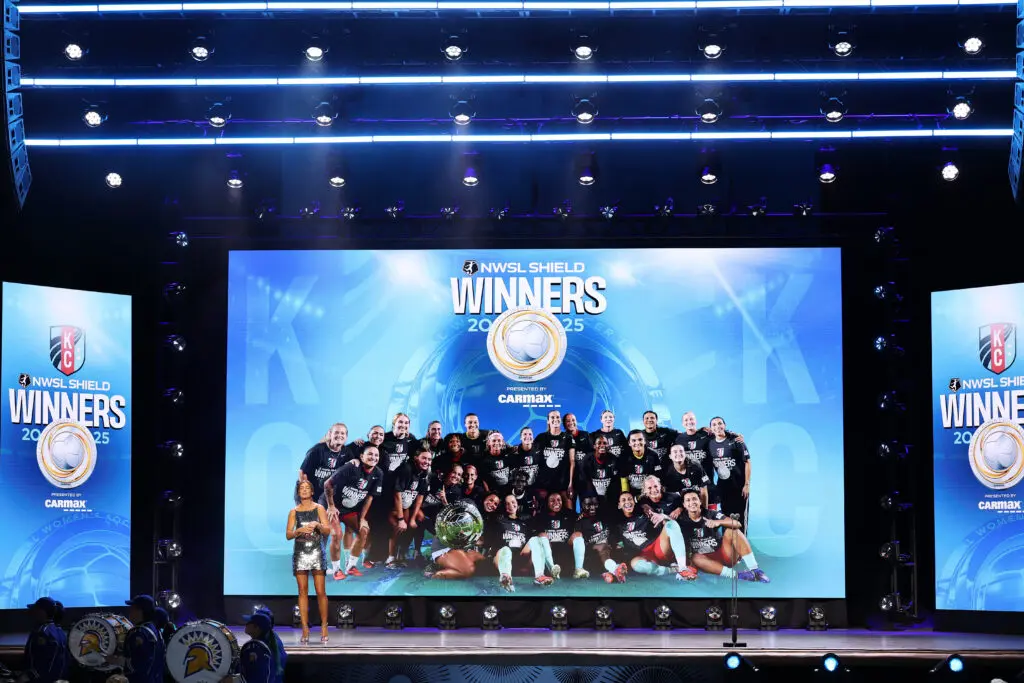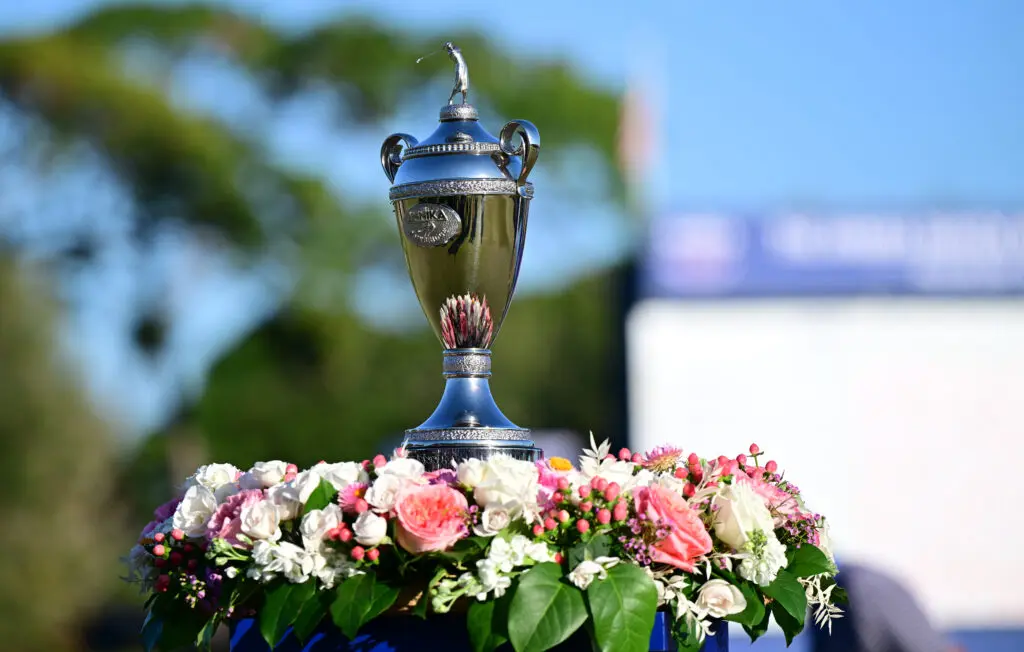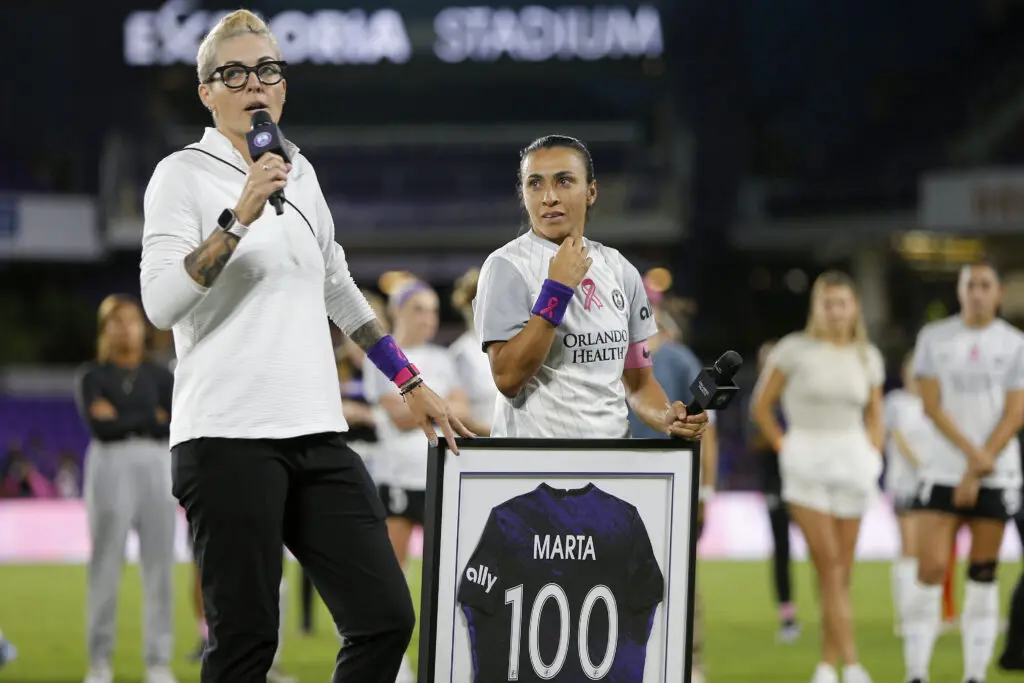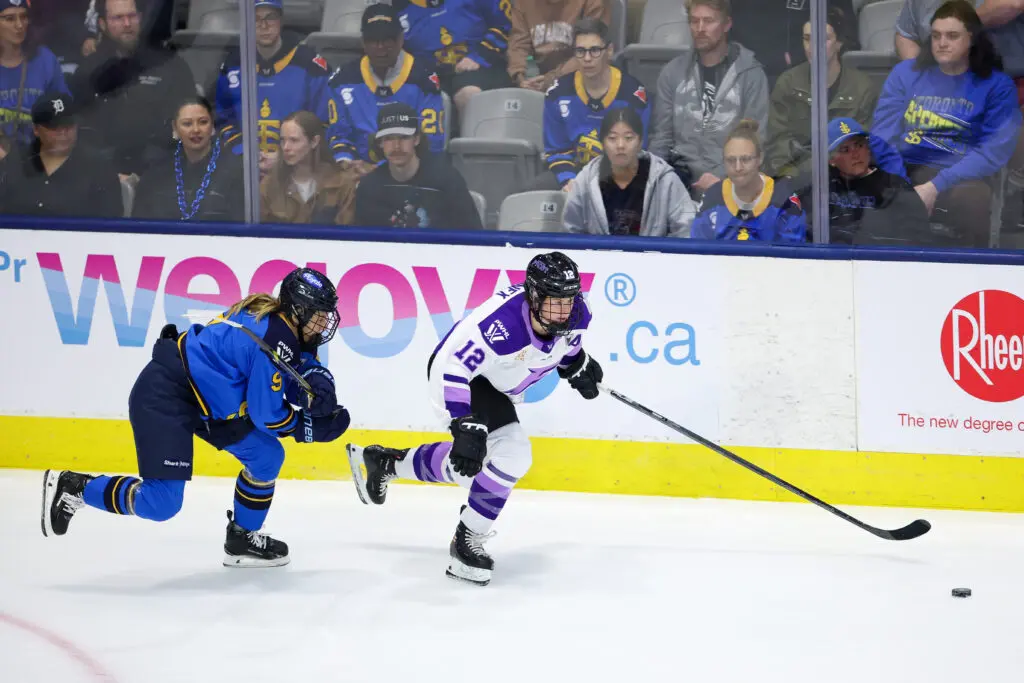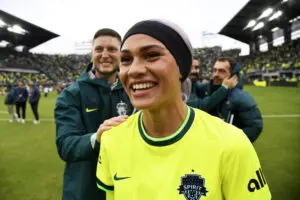Minutes played don’t tell you the full story of a roster, but with key players returning to the U.S. women’s national team from absence and injury in 2023, it’s worth reading the tea leaves on where players stand at the end of 2022.
Before diving into the end-of-year minute totals for individual players, let’s briefly look at overall numbers: Thirty-four different players made at least one game appearance in 2022. Some of those players had their years cut short due to injury, including Lynn Williams, Emily Sonnett, Kelley O’Hara, Catarina Macario, Tierna Davidson and Abby Dahlkemper.
A few changes to the USWNT schedule from a tournament year to a pre-tournament year should be taken into account when evaluating players’ minutes. The U.S. played 18 games in 2022, down from 24 in 2021 and up from nine in 2020. Trends from the last World Cup cycle also aren’t going to be equivalent this time around, in part because of fewer games due to the COVID-19 pandemic and a different coaching regime under Vlatko Andonovski.
The numbers, however, do paint part of the picture as the team inches toward final roster decisions in 2023, and there might be some patterns to glean from what players showed this year.
Heavy leanings
Andonovski is known as a rotator of players, almost to a fault, especially in tournaments with short turnarounds in between games. That approach, combined with unexpected injuries and absences, meant that no player came close to hitting the maximum 1,620 minutes total for the year, despite more consistent roster selections in the second half of the year.
Let’s take a look at the six players who crossed the 1,000-minute mark: Alana Cook, Sophia Smith, Andi Sullivan, Rose Lavelle, Sofia Huerta and Mallory Pugh.
An overarching theme in 2022 was transitioning new players into greatly expanded roles. Only Rose Lavelle’s numbers shrank year over year — from 1,411 to 1,107 — mostly due to the U.S. playing fewer games. The midfielder’s durability in the last two years is remarkable, as she carries a veteran load and commits on both sides of the ball.
The other five top contributors saw massive minutes increases in 2022 after not making the Tokyo Olympic roster. Alana Cook took the biggest leap, playing 1,286 minutes in 15 games — the most out of any USWNT player — after playing just 270 minutes in 2021. Partnered with four different center-backs throughout the year, Cook played in every U.S. match after July 1, other than the team’s finale against Germany.
Sophia Smith, Andi Sullivan, Mallory Pugh and Sofia Huerta likewise played much heavier minutes this year. Smith jumped from 329 minutes to 1,192, Sullivan from 437 to 1,126, Pugh from 220 to 1,030, and Huerta from 131 to 1,074. It’s impossible to predict the future, but every players who crossed the 1,000-minute mark in 2018 made the 2019 World Cup roster. Lindsey Horan, Casey Murphy and Becky Sauerbrunn rounded out the top eleven in minutes played this year. Take that for what you will in this cycle.

Cycle to cycle
After winning bronze at the Olympics in 2021, the USWNT began its quest to get younger. Andonovski started integrating new faces into the roster during friendlies that December to quickly refresh the squad. But looking at 2022 compared to the previous cycle doesn’t necessarily support the idea that the U.S. has been throwing the kitchen sink at the player pool.
Andonovski gave minutes to 13 players with five or fewer caps in 2022, slightly down from the 15 new players Jill Ellis awarded caps to in 2018. More players getting looks doesn’t always guarantee new names sticking around. Only two of those 15 players in 2018 made the 2019 World Cup roster: Jessica McDonald and Tierna Davidson. Eight of those players did not receive caps in 2022, and five of those players saw their activity with the team limited to just 2018.
In 2022, newer players didn’t just make it on the field, but their playing time was consistent, extensive and included key games like World Cup qualifiers and top-level friendlies. Alana Cook came into 2022 with only four caps and then played the most minutes of anyone on the team. Goalkeeper Casey Murphy started nine of her 11 career caps in 2022, including against top FIFA competition and in the Concacaf W semifinal. Rookie Naomi Girma played 741 minutes in her first 10 career caps in 2022, and nine of those appearances came after June 1, including two full-90 appearances against Germany to close out the year.
Those struggling to break in
If Girma’s growing minutes tell the story of a player being fast-tracked toward a starting role, other players’ playing time indicates the difficulty in becoming part of the team’s core.
Kristie Mewis, for example, played in 15 of the team’s 18 games but only registered two starts. The Gotham FC midfielder’s most consistent playing time came early in the calendar year, when she put in 90-minute performances in two of the USWNT’s SheBelieves Cup games. But after June 1, Mewis didn’t play more than 45 minutes at once, coming in around the 60th minute during a number of Concacaf W games and serving as a very late-game substitute in the U.S.’s final match against Germany.
Andonovski relied heavily on Ashley Sanchez‘s creativity during the Concacaf W group stage, with the 23-year-old playing two 90-minute matches against Jamaica and Mexico. However, as the U.S. searched for its identity against top European sides to close out the year, Sanchez was relegated to coming off the bench, playing 10 and eight minutes as a spark off the bench against England and Germany, respectively. Her Washington Spirit teammate, Trinity Rodman, has been similarly relegated to short off-the-bench appearances, outside of one start against England (in which she scored a goal that was called back for offside by VAR review).
Other players who saw their minutes limited to bench appearances include Ashley Hatch, who looked prepared for a larger role after starting both matches against Australia at the end of 2021. Even with Alex Morgan not rejoining the squad until June, which coincided with Catarina Macario’s year-ending injury, Hatch started only two matches in 2022. Taylor Kornieck likewise looked like a favored option off the bench later in the year, but the forward has yet to start or accumulate a significant amount of minutes for the team despite being called in consistently since June.
Players will have opportunities during friendlies against New Zealand in January and at the 2023 SheBelieves Cup in February to make cases for themselves as others re-enter the fold, but a few players on the bubble might find themselves looking back at 2022 as a missed opportunity.
Check out the full rundown of every player’s caps and game minutes in 2022 below:
Claire Watkins is a Staff Writer at Just Women’s Sports. Follow her on Twitter @ScoutRipley.
